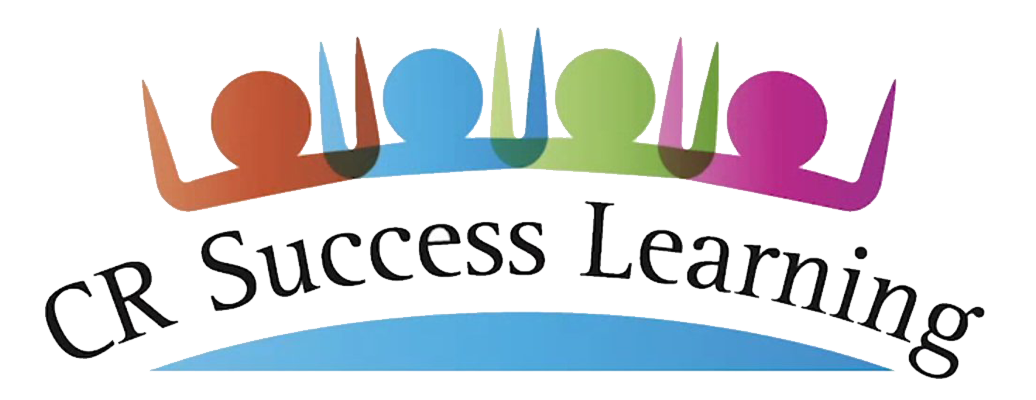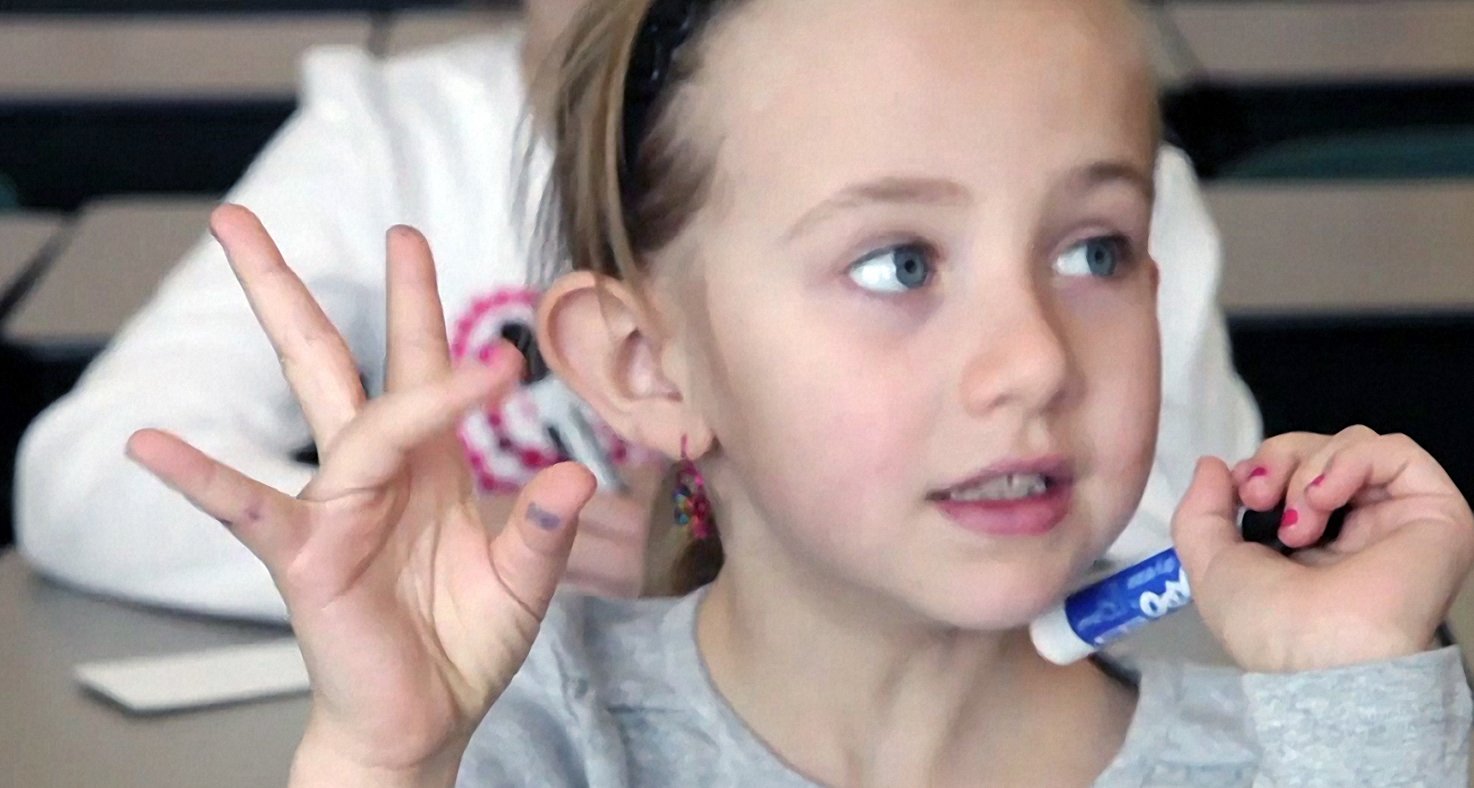📌 Spelling Part 3: Teacher Tips
The Purple Pen and Other Tips
How do we provide feedback to students regarding spelling? Do we insist on correct spelling or do encourage invented spelling?
As Timothy Shanahan noted on his blog Shanahan on Literacy (2022), it’s a false dichotomy to pit explicit spelling instruction against invented spelling. Beginning spellers should be encouraged to spell words as best they can. The pivotal study by Ouellette and Sénéchal (2017) found that invented spelling, combined with sound-symbol knowledge and phonemic awareness positively impacts both reading and spelling development.
That said,
“Giving students appropriate feedback on their invented spelling leads to greater progress…” (Ouellette, Sénéchal, & Haley, 2013).
Graham (2000) reinforced this idea:
“Adding explicit spelling instruction to developmental approaches improves spelling.”
Spelling instruction works best when it’s clear, consistent, and actionable. We focus on strategies that help you teach effectively and give feedback that sticks, such as:
1. Let the Students Do the Work: Use PAWS and DASH
When students ask how to spell a word during writing, tell them to use “P.A.W.S.”
Pinch the sounds in the word
And then Write the Sounds as you say them.
If a word is multisyllabic, have students use DASH Spelling.
DASH Spelling: Count the syllables and draw dashes for each syllable.
Then spell each syllable, using P.A.W.S. as needed
Why it works: When students rely on the teacher to provide the correct spelling, they miss the opportunity to process the word themselves. Using strategies like P.A.W.S. and DASH gives students a repeatable way to work through unfamiliar words. This strengthens phonemic awareness, reinforces sound-symbol connections, and builds confidence as students take ownership of the spelling process.
2. Give Oral Feedback: “You have _______, You want ________.”
Provide this feedback during the editing process of writing. Be judicious in using this feedback. You want to praise what the student did well and correct errors without being overwhelming.
Use this error technique for errors that involve hearing the sounds in a word and then use the spelling concepts that have been previously taught.
Example #1: Student spells ‘went’ as ‘wet’.
Students typically self-correct. If not, the teacher explicitly teaches:
Example #2: Student spells ‘like’ as ‘lik’.
If the student doesn’t self-correct, the teacher asks:
Why it Works: This simple oral feedback allows student to listen to the sounds and apply the spelling conventions, if needed. As one principal told me, “You can watch the student processing the information.”
3. Use a Purple Pen
When a student misspells a word, use a purple pen to mark one or two words for the student to focus on. You can teach students a simple code:
Circle the word if it is a concept that has been taught.
For example, if you had taught Super-Sized Spellings and a student spells ‘match’ as ‘mach,’ this would remind the student to correct the spelling.
If a student spelled ‘dismissed’ as ‘dismist,’ the student would need to fix the -ed spelling, as well as apply the Super-sized Spelling rule to the base word, miss.
Underline and mark with a star * if the word is a T.R.I.C.K.y word or sight word.
This will signal to the student that they should refer to the Word Wall or to their Personal Spelling Dictionary (see below) to check the spelling.
For example, if the student spells ‘what’ as ‘wut,’ the student should rewrite the word after locating its correct spelling.
Underline and mark with an L if the student makes a sound error.
For example, if the student spells “jump” as “jup,” the student needs to Listen to the word and use P.A.W.S. (Pinch the sounds And Write the Sounds) to spell the word correctly.
After students have corrected their words, ask them to record it in their Personal Spelling Dictionary.
Why It Works:
While providing this feedback requires an investment of time for teachers, the results are significant. Spelling proficiency is often a very personal journey for students. By building their confidence and awareness, students can take greater responsibility for their own learning. This direct feedback helps students understand the nature of their mistakes, whether it's a forgotten spelling rule, a misunderstood concept, a phonological error, or a sight word they haven't yet memorized.
4. Provide a Personal Spelling Dictionary
Help your students create a simple Personal Spelling Dictionary. For each letter of the alphabet, create a page that has a list of T.R.I.C.K.y or sight words for your grade level and blank lines for the student to write words that they need to learn to spell for their own writing, as well as keys to remember the word.
Here’s a sample Personal Spelling Dictionary for the letter B, with examples of Memory Triggers. You can download a blank template using the button below.
For advanced students (grades 3 and up), you can create a dictionary based on phonetic concepts. This tool is more complicated to use but it highlights the patterns in our language.
Why It Works: A personal dictionary provides an easy-to-use reference for students, thus promoting their confidence and independence. It also builds their awareness of spelling patterns and conventions. When students record the correct spelling of a word they misspelled in their writing, they are developing the accountability one needs to be a proficient speller. Research has shown that it is important for students to create their own Memory Triggers to help them remember the spelling.
Here are examples:
FebRUary 👉 R U aware that FebRUary is the shortest month?
basicALLy 👉 Basically, this is ALL I must remember.
deSSert and desert 👉 I always want more dessert, so I’ll remember this word has more s’s. I also remember that dessert is Sweet Stuff with two s’s.
cOULD, wOULD, shOULD 👉 Oh, yoU Lucky Duck! helps me remember -ould
Sure, Sugar – Sh! 👉 There is a Secret about these words. We read and say /sh/ at the beginning, but we only use an S to spell the sound.
Wrapping up: Imagine yourself as a student, and your teacher doesn’t just correct you, but asks you to think it through. You pinch the sounds, sketch out dashes for each syllable, and spell what you hear. Later, your teacher reads your writing and says, “You have can, you want cane.” Instead of feeling stuck, you understand the difference and try again. Strategies like P.A.W.S., DASH Spelling, and targeted feedback help you learn how words work, not just how to copy them. That shift, from being given the answer to figuring it out on your own makes all the difference.
Next up: In the final post of this series on Spelling, we’ll do a reality check, discuss why this matters now, show what’s within your reach, and invite you to take action. Ready to take the Next Step?







